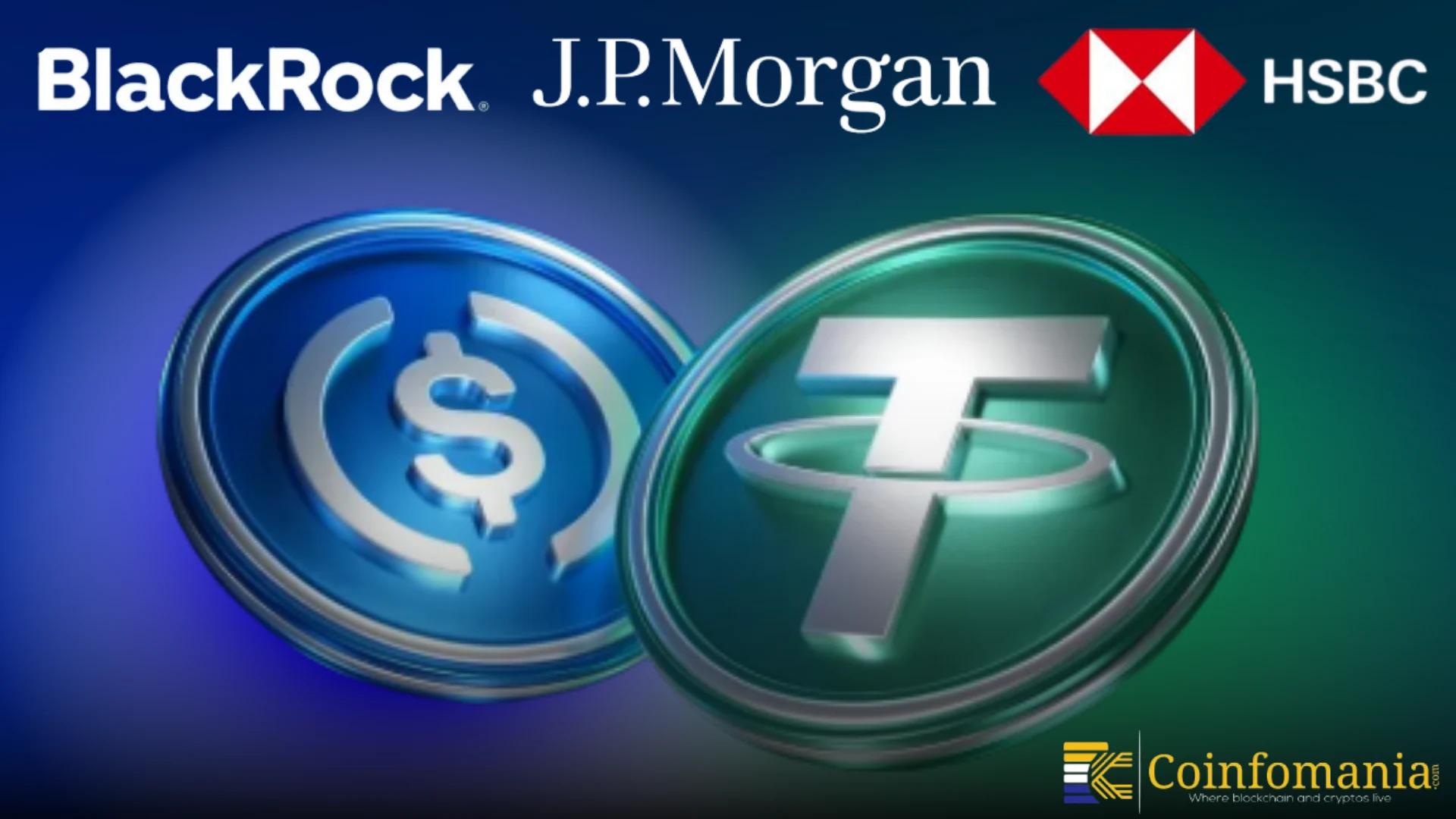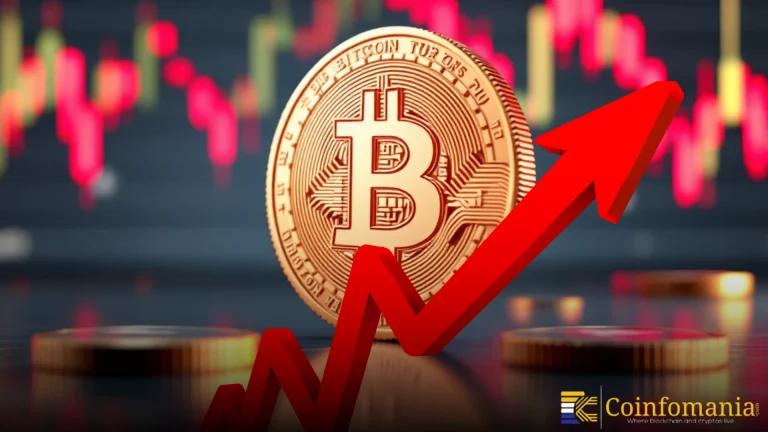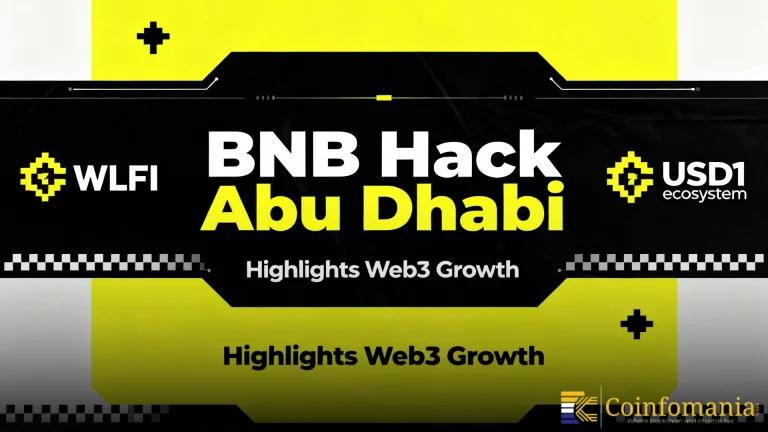Tokenized Assets Draw Attention From Top Banks Worldwide
Tokenized assets are gaining attention from top banks, offering yield, flexibility, and long-term potential beyond stablecoins.

Quick Take
Summary is AI generated, newsroom reviewed.
Big banks now favor tokenized assets over stablecoins.
Tokenized assets provide yield while using blockchain technology for trading.
The market for tokenized assets is growing fast, reaching $18 billion in early 2025.
Tokenized assets face challenges like regulation and liquidity but offer major opportunities.
Major financial players are changing how they look at crypto. BlackRock, JPMorgan and HSBC say tokenized, yield-bearing real-world assets (RWAs) could have more long-term potential than stablecoins.
This is a big shift and could change how investors use blockchain technology. The banks highlight that these assets not only store value but can also generate steady returns over time. Offering a more sustainable path for crypto adoption and institutional investment.
Why Big Banks Are Interested
Stablecoins have been popular because they are easy to use and maintain a steady value. But they do not generate returns. Banks now focus on tokenized RWAs, which are real-world financial assets represented on a blockchain. Moreover, these assets, like bonds, treasuries and loans, can provide steady income.
Executives at BlackRock, JPMorgan and HSBC believe that these assets offer more real value than stablecoins. BlackRock has invested in tokenized treasuries through its BUIDL fund. While JPMorgan’s Onyx/Kinexys platform supports tokenized credit.
HSBC predicts that 5–10% of global financial assets could be tokenized by 2030. These banks see tokenized RWAs as a way to earn yield while keeping the benefits of blockchain technology.
How Tokenized RWAs Work
Tokenized RWAs bring traditional finance onto blockchain networks. Investors can trade bonds or loans digitally. They can earn interest while still holding assets safely. Banks program these assets on-chain to allow faster transactions and better record-keeping.
Unlike stablecoins, which mainly store value, tokenized RWAs create active income streams. Investors no longer just wait for price changes, since they can collect yield while keeping access to digital markets.
Market Growth and Adoption
The market for tokenized RWAs is growing quickly. Recent reports show the sector reached around $18 billion in early 2025, up from 2024. Investors increasingly look for regulated platforms to trade these assets. Furthermore, the support of big banks adds credibility and attracts institutional interest.
Experts predict the market could expand even further in the next few years. As more real-world assets move on-chain, investors may see tokenized RWAs as a safer and more profitable alternative to stablecoins.
What Lies Ahead for Tokenized Assets
The technology still faces challenges, as regulators need to clarify rules for ownership and custody. Liquidity can be limited in some token markets and not all networks use the same standards, which can slow adoption.
Despite all these challenges, big banks are pretty confident. They see tokenized RWAs as a major opportunity to reshape crypto investing, offering both income and flexibility that stablecoins can’t match.
Follow us on Google News
Get the latest crypto insights and updates.
Related Posts

Bitcoin Breaks Away From MAG7 After October 10 Liquidation Shock
Triparna Baishnab
Author

BNB Hack Abu Dhabi Highlights Web3 Growth as WLFI and USD1 Ecosystem
Triparna Baishnab
Author

Jim Cramer Says He’s Buying Bitcoin Over $37 Trillion U.S. Debt: “For My Kids”
Triparna Baishnab
Author